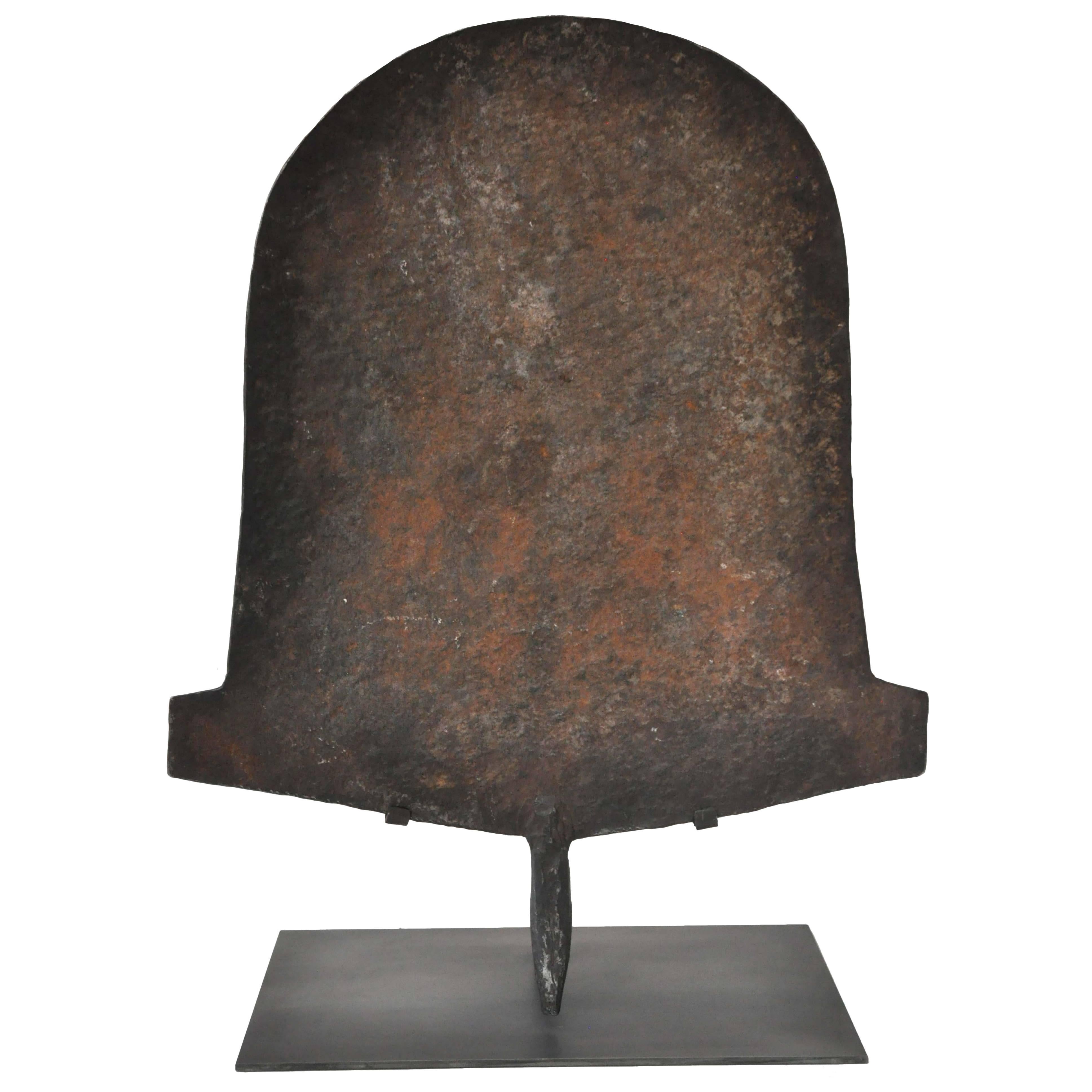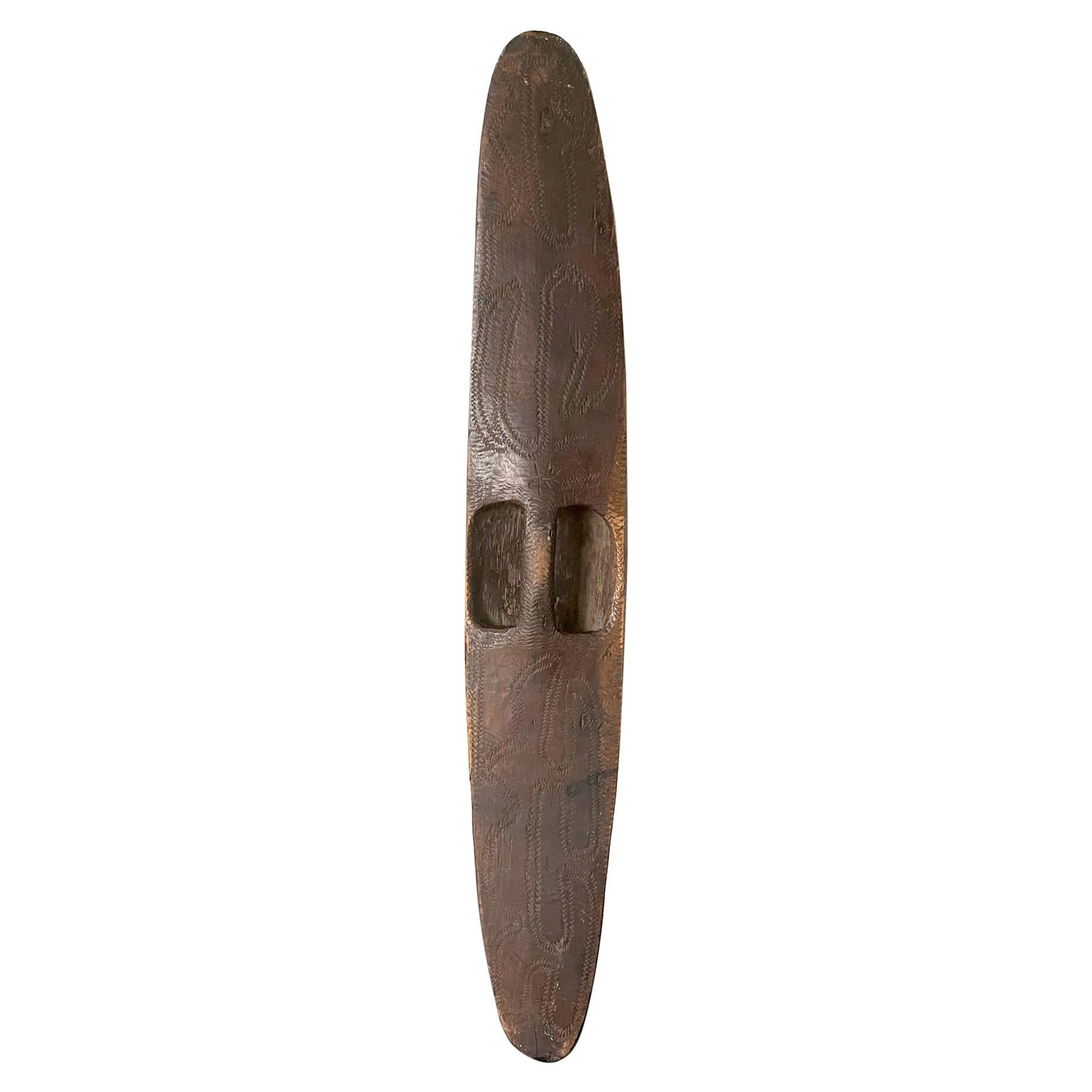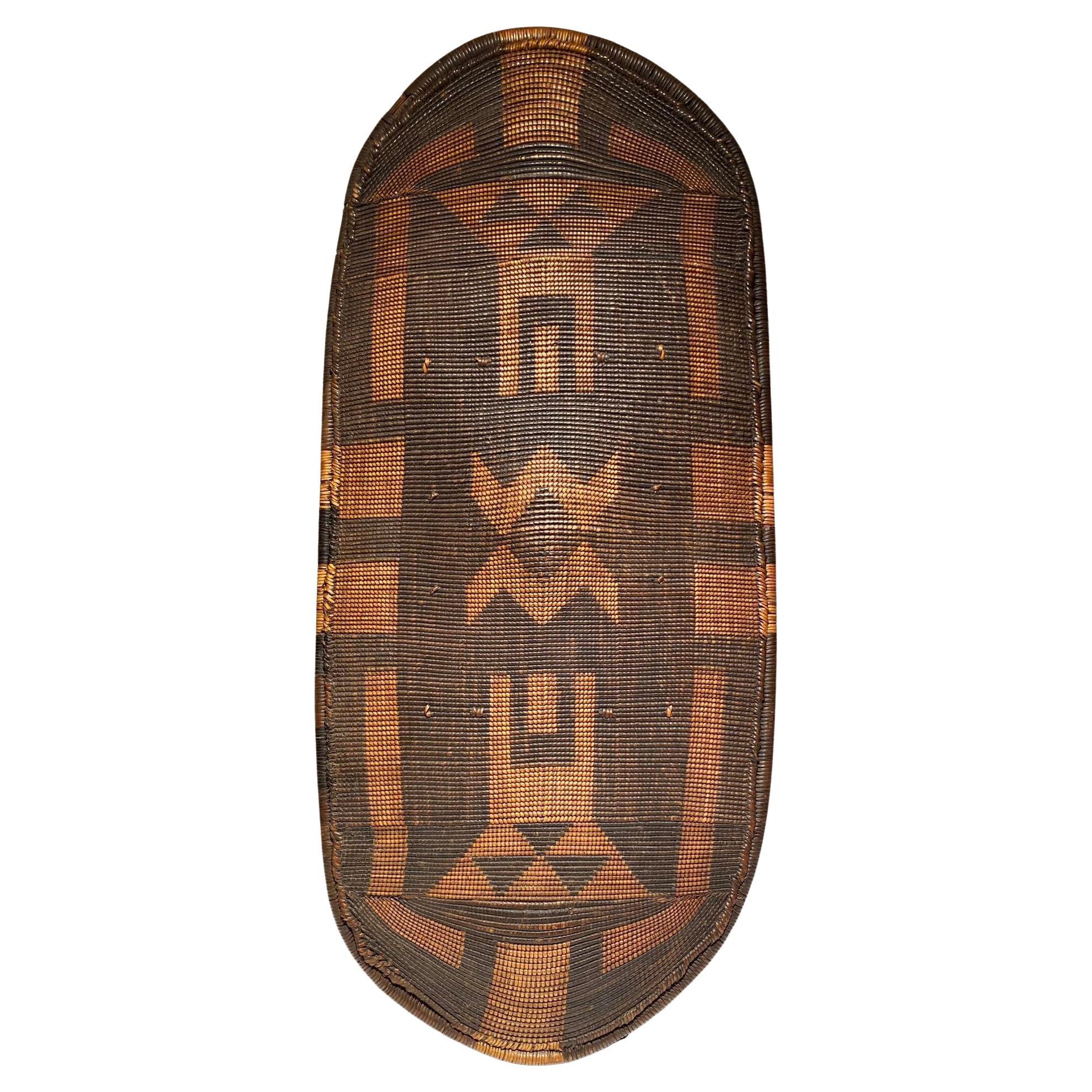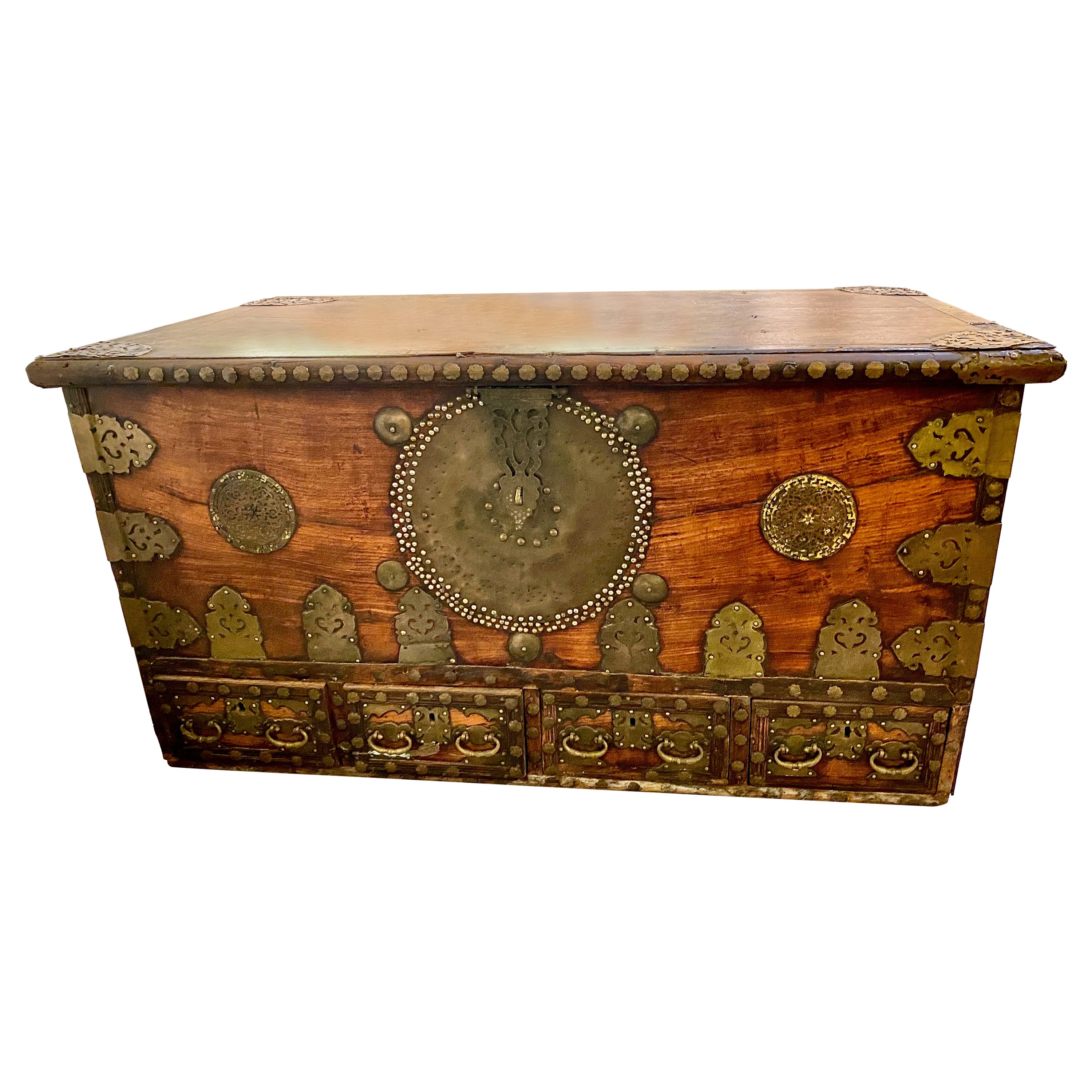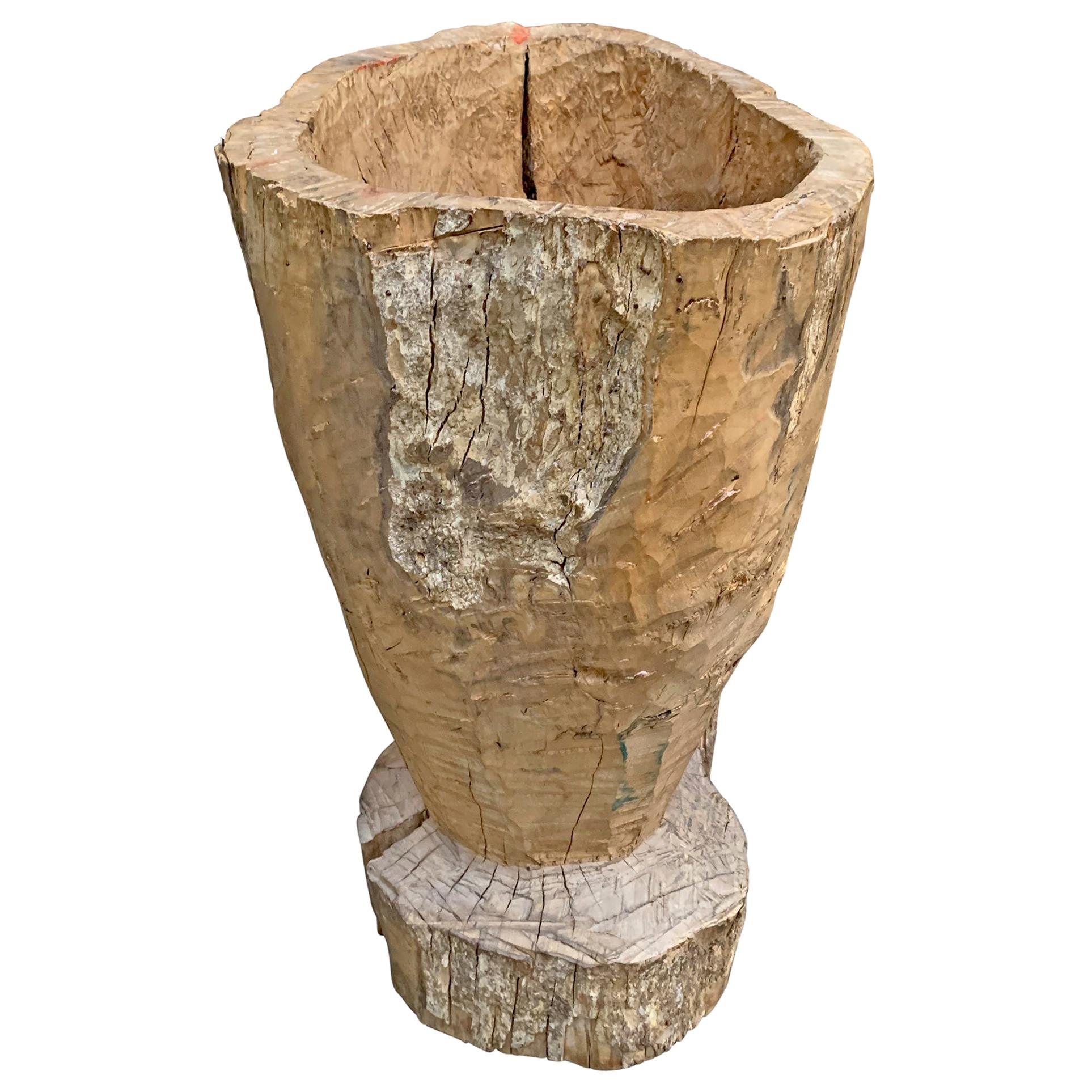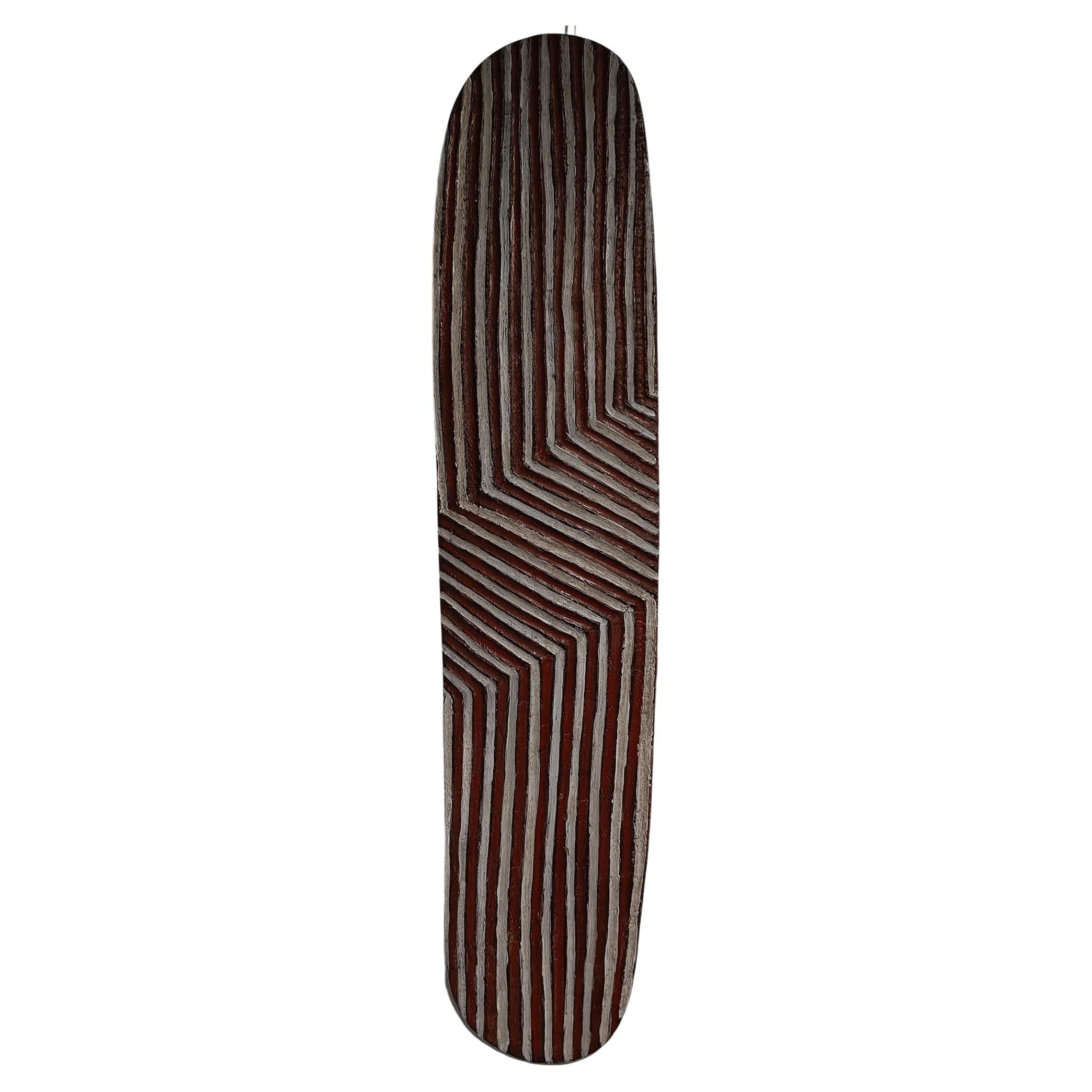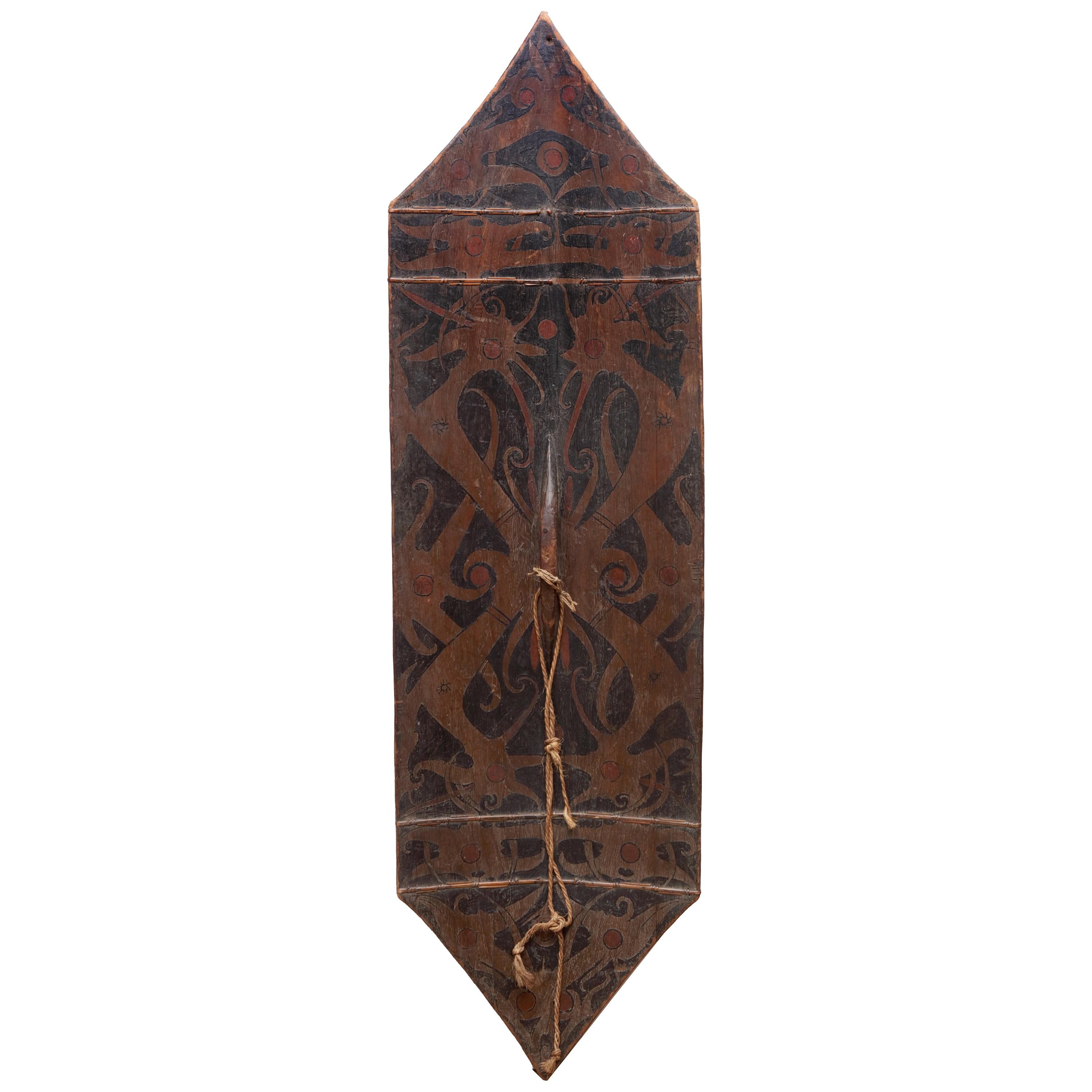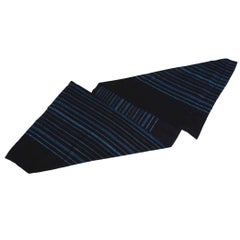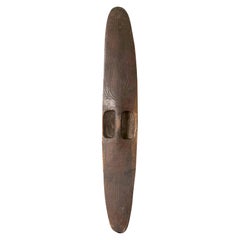
19th Century Aboriginal Parrying Shield
View Similar Items
Want more images or videos?
Request additional images or videos from the seller
1 of 11
19th Century Aboriginal Parrying Shield
About the Item
- Dimensions:Height: 32 in (81.28 cm)Width: 8 in (20.32 cm)Depth: 4 in (10.16 cm)
- Place of Origin:
- Period:
- Date of Manufacture:Circa 1860
- Condition:very good original condition.
- Seller Location:Greenwich, CT
- Reference Number:1stDibs: 12020979833027
About the Seller
5.0
Recognized Seller
These prestigious sellers are industry leaders and represent the highest echelon for item quality and design.
Gold Seller
These expertly vetted sellers are highly rated and consistently exceed customer expectations.
Established in 1991
1stDibs seller since 2004
241 sales on 1stDibs
Typical response time: 2 hours
Associations
The Art and Antique Dealers League of AmericaAntiques Associations Members
More From This SellerView All
- Yoruba (Nigeria) Early 20th Century ClothLocated in Greenwich, CTFine early 20th Century hand spun indigo cotton and Trans-Sahara silk cloth.Category
Early 20th Century Nigerian Tribal Quilts and Blankets
MaterialsCotton, Silk
- Ivory Coast Hand Spun Cotton Natural Indigo ClothLocated in Greenwich, CTIvory Coast hand spun cotton natural indigo cloth, circa 1930-1950.Category
Vintage 1940s Ivorian Tribal Quilts and Blankets
MaterialsCotton
- Yoruba Indigo ClothLocated in Greenwich, CTHand dyed Yoruba (Nigeria) cloth from the Esie area, 1950s.Category
Vintage 1950s Nigerian Tribal Art
MaterialsCotton
$3,900 - 19th Century Seaman's ChestLocated in Greenwich, CTGood 19th century sailor's chest in richly patinated teak, the top opening to reveal a candle till with lid which functions as a support for the open lid, over canted carcass, the co...Category
Antique 1830s English Campaign Blanket Chests
MaterialsTeak
- 19th Century Skein SwiftLocated in Greenwich, CTA handsome 19th century swift with beautiful fruitwood base on ball feet and matching turned acorn finial, brass centre rod and wooden collapsible ribs with original silk ties. Used ...Category
Antique Mid-19th Century English Mobiles and Kinetic Sculptures
MaterialsBrass
$3,900 - 19th Century Copper BucketLocated in Greenwich, CTGood 19th century copper pot with rolled lip, wrought iron handle, the dovetailed seam having brass solder, the whole with great scale and ideal si...Category
Antique 1860s European Country Fireplace Tools and Chimney Pots
MaterialsCopper
You May Also Like
- Early 19th Century Nigerian Iron Shield/CurrencyLocated in Chicago, ILEarly 19th century Nigerian Shield/Currency. Actual currency from Nigeria used to buy livestock, businesses and homes. Beautifully mounted to display the Shape and scale of the piec...Category
Antique Early 19th Century Nigerian Mounted Objects
MaterialsMetal
- Carved Wood Aboriginal Shield, Western AustraliaLocated in Atlanta, GAA tall and narrow parrying shield from the Aboriginal people living in the Western Australia. The piece was carved out of a single block of hard wood t...Category
Early 20th Century Australian Tribal Tribal Art
MaterialsWood
- Gbilija Zande tribe Shield - Nzakara - Dr Congo - 19th Century - African ArtLocated in Leuven, BEExceptional Gbilija Shield from the Zande tribe- DR CONGO Museum Quality Very rare piece in perfect condition. Exceptional piece and museum quality (see photos please) Period: 19th C...Category
Antique Late 19th Century Congolese Tribal Tribal Art
MaterialsWicker
- 19th Century Ethiopian ThroneLocated in London, GBThis large, impressive nineteenth-century Ethiopian throne, from the Wollega Oromo culture, features a high, upright back-rest. An attractive cut-ou...Category
Antique Late 19th Century Ethiopian Tribal Tribal Art
MaterialsWood
- 19th Century Zanzibar ChestLocated in Pasadena, CAThis is a very good example of a 19th century Zanzibar storage chest. The chest was created in the mid-19th century. The teak case is adorned with cut and open work brass strapping i...Category
Antique Mid-19th Century Zanzibari Tribal Blanket Chests
MaterialsBrass
$5,560 Sale Price20% Off - Oman, Necklace, 19th CenturyLocated in PARIS, FRStunning and rare Omani tribal necklace in gold and silver featuring eight Burgau thalers dated 1780. 19th century. Very good condition. Preserved and professionally framed. Dimensions of the necklace: 52 x 30 x 3 Dimensions of the frame: 70 x 47 x 5 Secure shipping. This fine Omani necklace of silver and gold comprises two strands of spiky, seed pod-like silver beads; gold-wrapped beads; eight silver Maria Theresa thaler coins; and a large silver and gold amulet box, with multiple chain tassels each of which finishes with a square-shaped pendant cut from sheet silver. The cigar-shaped amulet box called hirz would have contained some Koranic verse or religious text. Such a spectacular display of wealth would only have been worn at times of important festivities such as marriage celebrations. Maria Theresa thalers were made in Austria since the reign of Empress Maria Theresa of the Austro-Hungarian Empire. The Empress died in 1780 and since that time, all thalers that were subsequently struck were minted with that date regardless of the actual year that they were produced. The coins achieved such a level of trust for their silver content (which is 83.3% silver) in the Middle East that neither the design not the date was varied, and so for more than 200 years the coins were used as an international currency among the tribes and the states of the Middle East, in much the same way as the Spanish dollar was used as an international currency at the time elsewhere. The thalers were used to complete most important transactions locally and were also given as dowries. They were also an important source of silver and were melted locally for jewellery. The coins made their way to the ports of the Red Sea, Egypt and northern Africa from the ports of Genoa, Trieste, Livorno and Marseille. European traders used the coins to buy precious materials from the Gulf and northern Africa which it desired – commodities such as spices, coffee, gum Arabic, indigo, pearls, and tortoise shell. The importance and the beauty of the coins saw them incorporated into local jewellery most particularly in Oman and Yemen. References Al-Jadir, S., Arab & Islamic Silver, Stacey International, 1981. Harrigan, P., ‘Tales of a Thaler’, Saudi Aramco World, January/February 2003. Hawley, R., Omani Silver, Longman, 1978. Hawley, R., Silver: The Traditional Art of Oman, Stacey International, 2000. Rajab, J.S., Silver Jewellery of Oman, Tareq Rajab Museum, 1998. Ransom, M., Silver Treasures from the Land of Sheba: Regional Yemeni Jewelry...Category
Antique 19th Century Omani Tribal Art
MaterialsGold, Silver
$20,213
